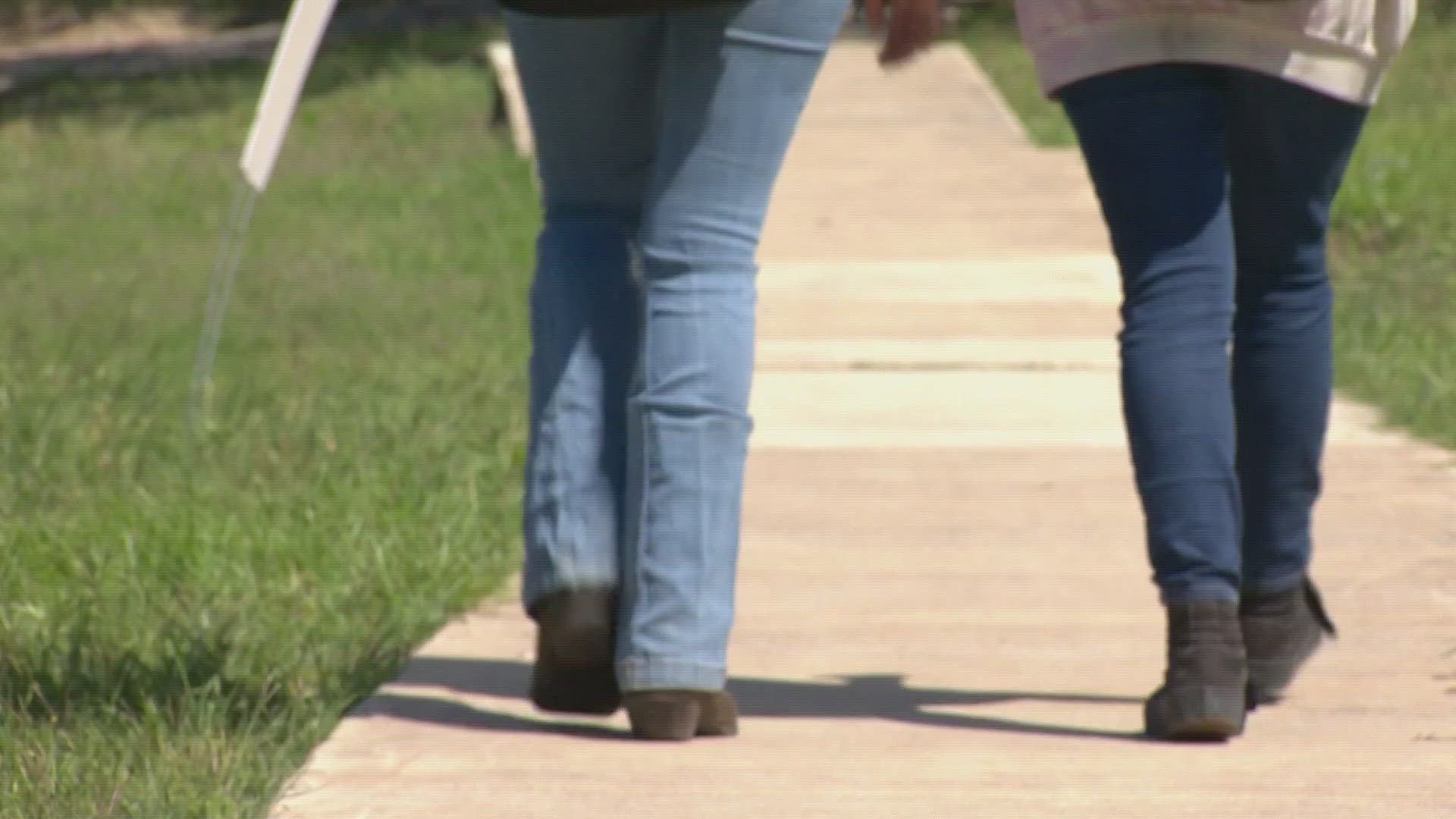SAN ANTONIO — HB 3 is headed to the governor's desk, some school districts are already concerned about what would cost them.
Most of the bill supports functions that districts already do. It would establish a new standard for school safety procedures, provide funding for additional security, support mental health programs and require school safety audits.
But it would also require districts to have one armed security officer at every single school campus while the campus is in operation, which could be much more expensive than it sounds.
Northside ISD has around 100 officers in it's district police department. At the same time, it has 123 different campuses, 81 of which are elementary schools. An additional elementary school will open this fall.
Like many others, the district has designated officers at high schools and middle schools and has additional officers patrol a cluster of elementary schools at one time. Northside ISD Superintendent John Craft said hiring that many more officers could be an issue.
"The bill itself appears to be an unfunded mandate at this time. Depending on the commission of police officers and the salary benefits, important training and equipment, this could be a very, very pricey piece of legislation if in fact it's signed by the governor," Craft said.
The bill would provide some funding for school safety: $15,000 per campus plus several additional thousands based on the size of the school.
Still, Craft said his district ran the numbers and the funding wouldn't be nearly enough.
"It's going to increase the school safety alignment slightly but it's not going to nearly cover the cost associated with what we're spending on school safety on an annual basis," Craft said. "In fact, it's only going to cover about thirty per cent of our overall school safety cost."
HB 3 would provide for an exception from the new rule requiring one officer per school if districts simply can't pay for it, but districts would then need to develop an alternative plan that may call for a school marshal or armed employee. Currently, Craft didn't see a way for schools to get around the requirement.
"It's going to be an expectation for this to be in place and for the school district to be moving to have that staff in place as soon as possible," Craft said.
HB 3 will also be signed into law without any accompanying increase in school salary allotments from the state legislature. While teacher pay was a priority for the Governor and Lt. Governor, the bills that would make that happen stalled during the regular session didn’t cross the finish line in time.
UTSA Political Science Chairman Jon Taylor says many school districts are frustrating after seeing increased pay for teacher and staff positions fall by the wayside.
"Right now the basic allotment has not been been changed for at least the last four or five years. There are no raises for teachers. There are no raises for bus drivers, counselors, or any public employees," Taylor said. "Their is a lot of money that is still sitting on the table (the state budget surplus) that was not spent."
Taylor said the legislature also failed to pass a budget this session and has until June 15th to do so. Between the new budget missing in action and the teacher and staff pay raises connected to HB 100 in limbo, school administrators don't have the information they need to plan for the 2023-2024 school year.
"They are leaving everything up in the air in terms of where are we going to be in K-12 spending for the next two years," Taylor said.
Craft told KENS 5 Northside ISD will need to put together a preliminary budget for the fall, based on current state law, and will need to be ready to change it depending on what happens in the upcoming special sessions. He hopes the situation does change.
"We really need an increase to the basic allotment to be able adequately fund a compensation package for our staff and teachers and be able to find a budget for next school year," Craft said.

